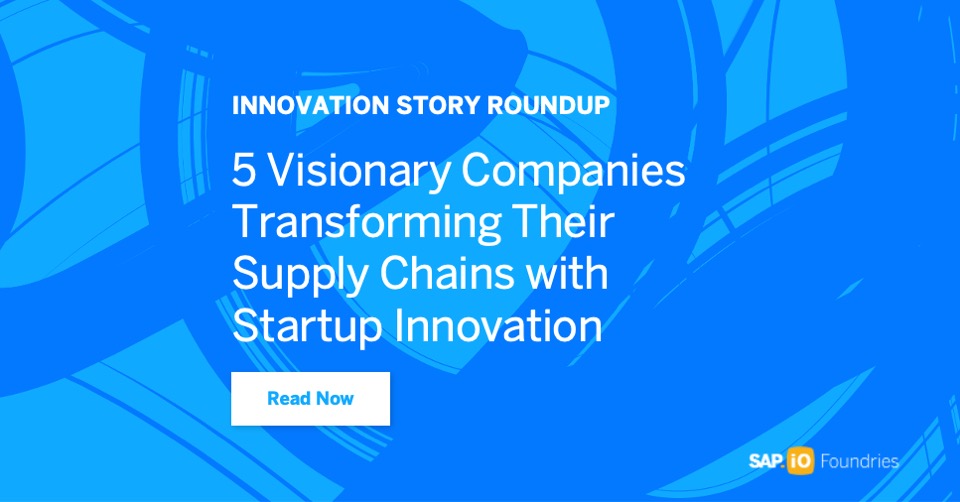
We talked to Ben Stein, CEO at Staple about converting documents into structured data and here is what he said about it.
First of all, how are you and your family doing in these COVID-19 times?
Ben Stein: We are all doing well, thank you! Like most of the world, all team members have been involuntarily separated from friends and family. Our team is decentralized across Singapore, Vietnam, India and Sri Lanka. Our relationships have shifted online, and that is something we have grown accustomed to. Thankfully our team, our families and our friends are all doing well.
Tell us about you, your career, how you founded Staple.
Ben Stein: I previously worked with KPMG in Australia, Europe and North America for almost a decade, then in various corporate positions in London and Singapore. After working with clients in banking, energy, manufacturing and real estate, I noticed persistent inefficiencies in both enterprises and SMEs around data management. I left my CFO position at the time to explore how deep technology (“deep tech”) might present potential solutions to these inefficiencies. I joined EF (joinef.com), where I met my co-founder, Josh, a Ph.D. computer scientist. Together we met with more than 150 companies to understand their most pressing pain points, and we built Staple to address them.
Staple’s solution can read, interpret, extract and reconcile data from semi-structured and unstructured documents, regardless of layout or language. Currently, we support more than 90 languages, and we are helping customers process data-heavy workflows in Thai, Vietnamese, Japanese and Indonesian.
How does Staple innovate?
Ben Stein: There is a lot of hype around big data, RPA, AI and analytics and their potential to rapidly accelerate the digitalization of business. What many don’t appreciate is that these technologies can’t function without a core ingredient: clean, structured data. RPA and bots are fantastic innovations, but they can only work with structured data. There is so much reliance on data, yet enterprises struggle to access, unlock and use it at scale because the data is not available in a standardized, accessible format. Without structured data, RPA bots cannot function, analytics tell an incomplete story, and information for decision making is either not timely, inaccurate, or not useful.
Many businesses are unable to reap the benefits of automation technologies as they cannot cross the divide between structured system needs and the unstructured or semi-structured realities of business. It’s the classic adage of “garbage in, garbage out”: unless meaningful, accurate, standardized data is ingested from the outset, RPA and automation implementations will fail. It’s important that digitalization agendas have proper regard for the “first mile of data processing.”
We dedicate a lot of effort to building software that employees actually enjoy using, as opposed to software that employees are forced to use. We don’t think there should be a distinction between software for SMEs or software for the enterprise; it should all just be software to be more productive. We also have a sharp focus on developing solutions that anybody – from the most junior employee to a highly technical CTO – can use. We’re working on tools that allow non-technical users to develop new AI models without touching a line of code. This introduces a level of flexibility that was previously out of reach for many users.
Read More…















